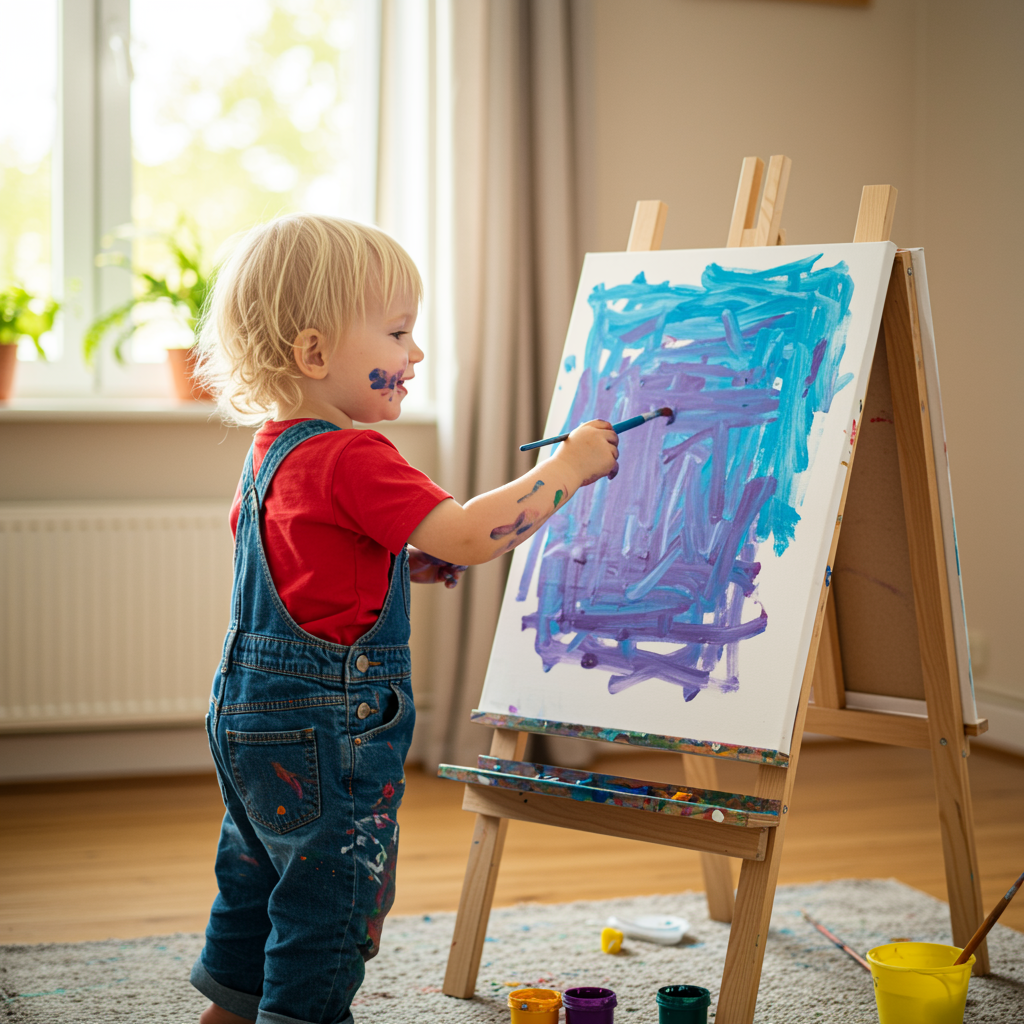Tiny Tools, Big Creativity: Exploring Art Elements for Young Children

Art isn’t just about pretty pictures—it’s about expression, discovery, and joy. For young children, creating art is one of the most natural and powerful ways to learn. By exploring the basic elements of art—like line, shape, color, texture, and space—preschoolers develop not only creativity but also important cognitive and motor skills that support their overall development.
Let’s take a playful dive into how these tiny tools (like crayons, paintbrushes, and fingers!) unlock big creativity in little learners.
Why Introduce Art Elements Early?
Art introduces children to a world of possibilities where there are no “wrong” answers. Through artistic play, children:
Strengthen fine motor skills (hello, scissors and glue!)
Practice focus and problem-solving
Explore self-expression and emotions
Build vocabulary by talking about what they create
Gain confidence by completing projects that feel meaningful to them
What Are the Basic Art Elements for Preschoolers?
Here’s how you can break them down in a way that’s fun and age-appropriate:
Line
“Can you draw a line like a snake?” Encourage kids to try wiggly lines, straight lines, zigzags, and circles. Use yarn, straws, or even their bodies to trace or build lines!
Shape
Point out shapes in art and in the world. “Can you find a triangle in your sandwich?” Use cut-out shapes to make collages or puzzles.
Color
Mixing and naming colors is exciting! Try finger-painting, colored water play, or matching colored blocks to encourage exploration.
Texture
Let kids feel bumpy, soft, smooth, or rough surfaces. Use materials like sandpaper, feathers, foil, and fabric in art projects to build sensory awareness.
Space
Help kids understand how things are arranged. Try activities like making a sky and ground painting or drawing a big object next to a small one.
Hands-On Art Ideas to Try
Shape Stamping: Use sponges, blocks, or potatoes to stamp different shapes in paint.
Texture Rubbing: Place paper over textured objects (like leaves or coins) and rub with crayons.
Color Mixing Station: Let kids mix colors using eye droppers, water, and food coloring.
Scribble Art: Start with a scribble, then turn it into something fun together!
Nature Collage: Collect leaves, sticks, and flowers to glue onto paper and explore natural textures and shapes.
Tips for Grown-Ups
Focus on the process, not the product.
Ask open-ended questions like “What do you see in your picture?” or “How did you make that color?”
Celebrate effort and experimentation over neatness or perfection.
Final Thoughts
With just a few simple tools and lots of encouragement, young children can explore the foundational elements of art in magical ways. Whether they’re doodling lines, splashing colors, or building shape monsters out of paper scraps, they’re learning to see, feel, and think creatively.
So break out the markers and glitter—because big creativity starts with tiny hands!






